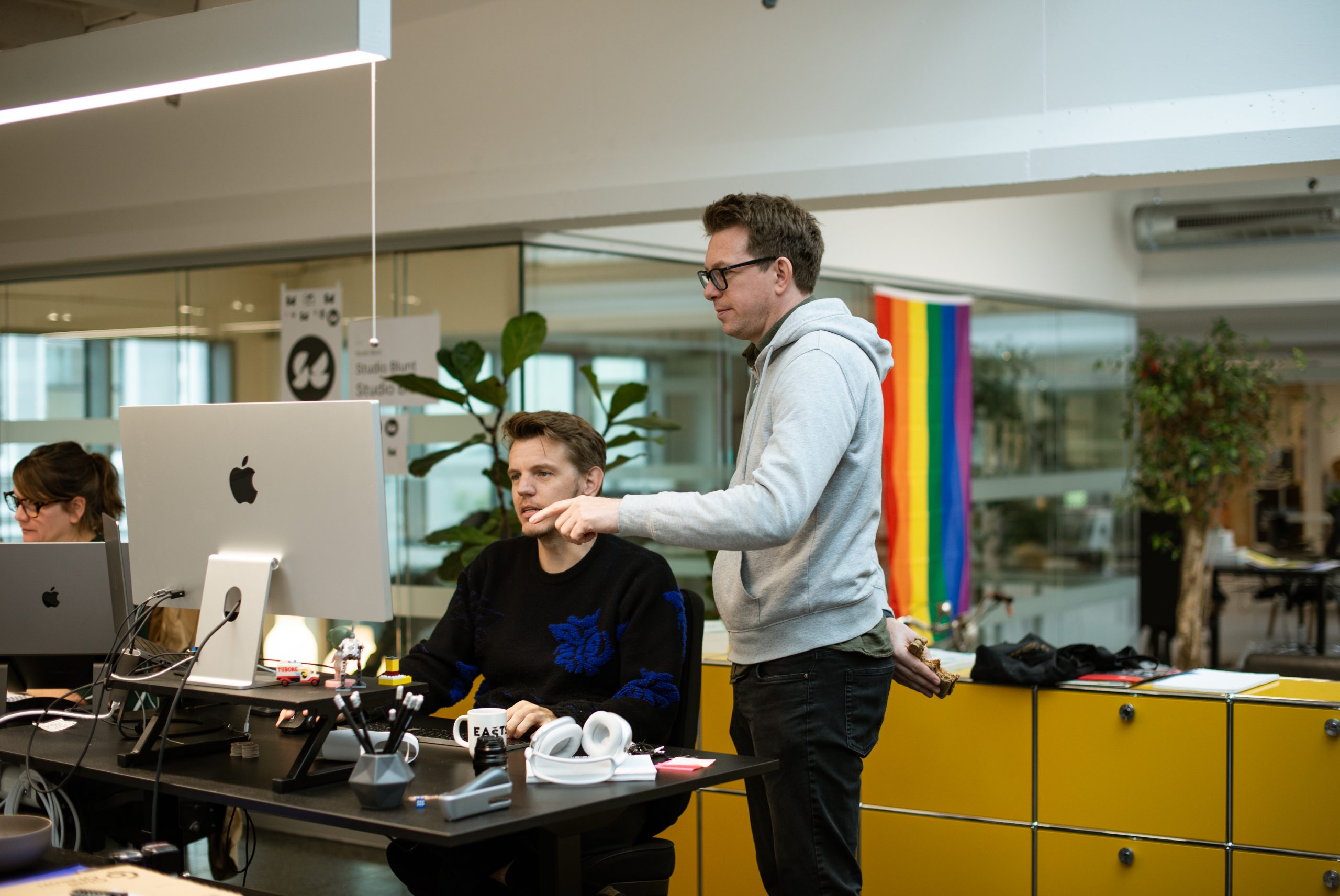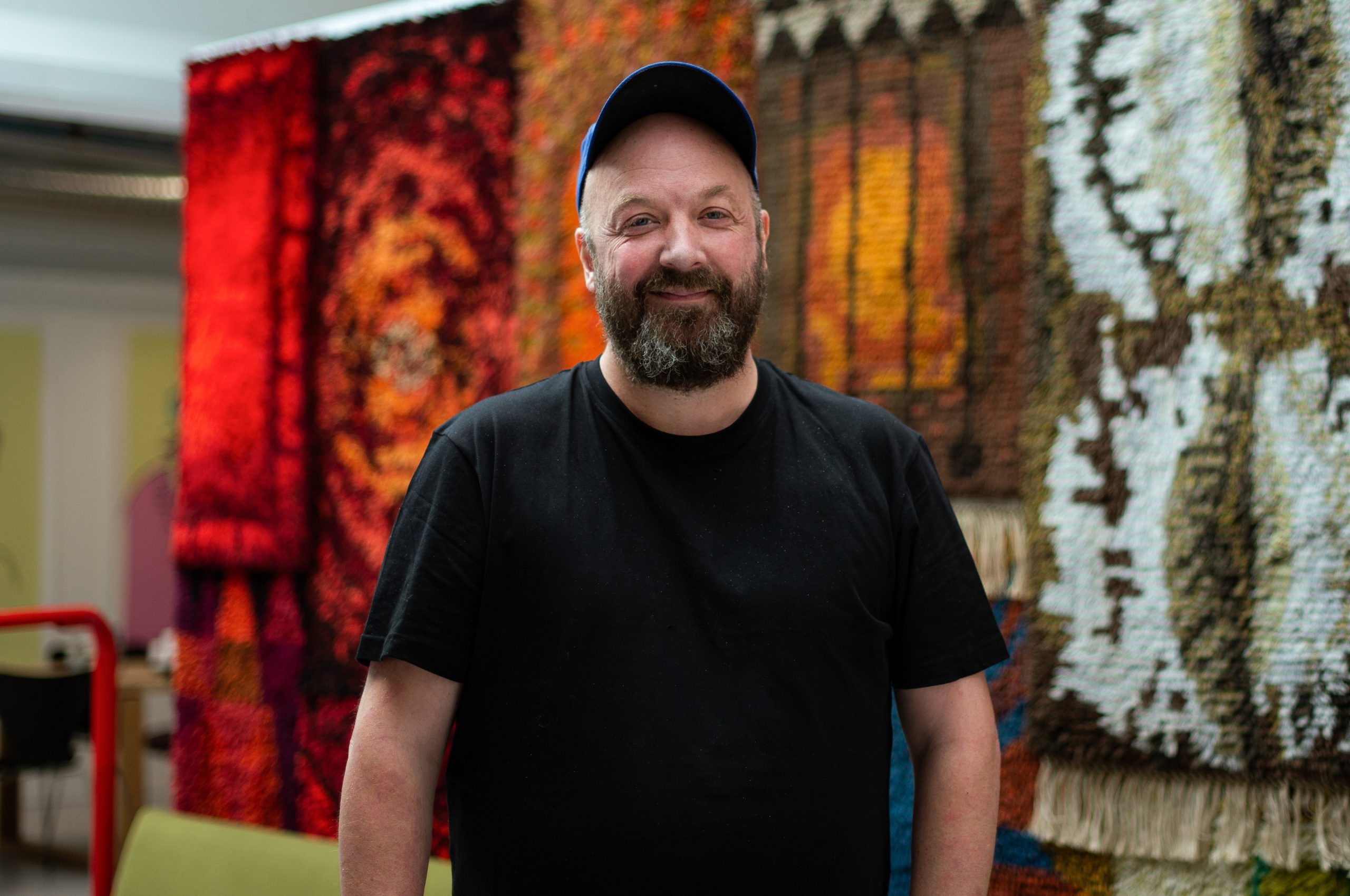Smpl digital design expert, Magnus Petterson, explains the first five things you have to do to create a successful digital product or service.
If you’ve got a great idea for a digital product or service, there are some crucial steps you need to take before you start any kind of development. And – despite this being 2023 – that includes making good use of pen and paper…
1. Ask Big Questions
Firstly, if you’re going to get your Big Idea right, you need to focus on a clear goal.
That goal must be specific.
Too many people want to be all things to all people. You will never succeed – far less change the world – if you don’t offer a specific solution to a specific need.
As we often tell clients: ‘There are already way too many solutions out there that are in need a problem’.
Ask yourself questions like:
- What is my (product’s) purpose?
- What are my (product’s) unique selling points (USPs)?
- What am I going to change?
- What am I going to do/make better?
- What problem am I going to solve for my audience(s)?
Find your purpose. Solve a problem. Then the world will be your oyster.
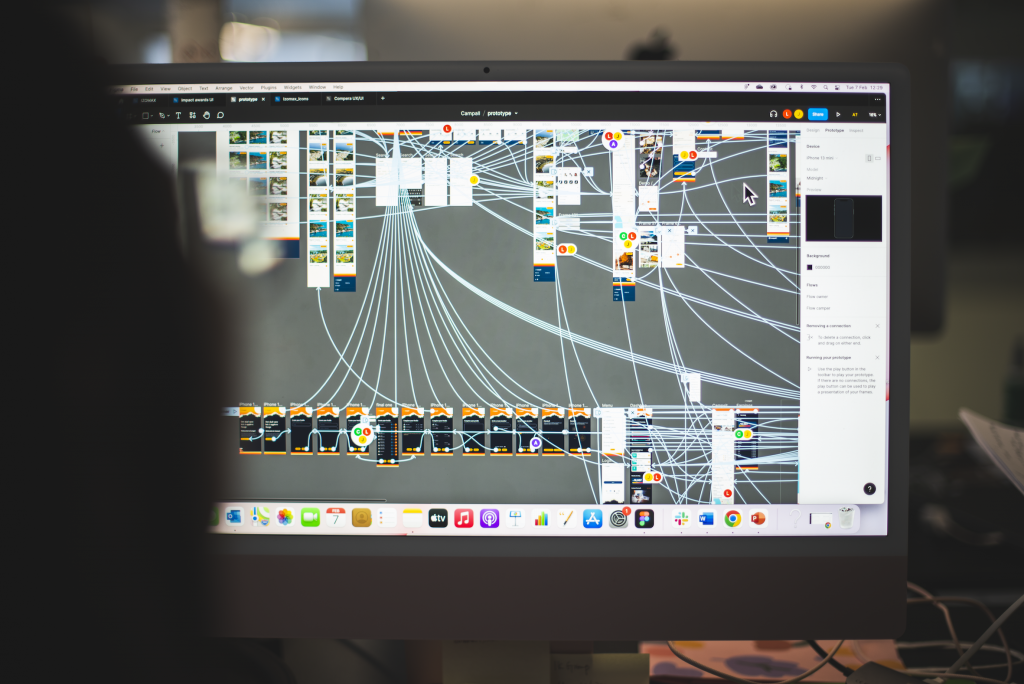
2. Rise above the detail
People with great ideas often get very excited about those ideas and how they’re going to change the world… and that’s quite right!
You must have passion for your idea or it’s never going anywhere. The problem comes when that turns into a desire to get everything done at once.
Trying to do everything at the start kills digital projects.
Magnus
All too often clients are thinking of a certain mood or feeling of an app, well before they get the fundamentals in place.
They’ll say something like: ‘The app has to look really polished, like that Apple app with those cool blue buttons!’
Again, I get it, you’re excited. That’s great. But think of digital design like creating a sculpture.
If you want to sculpt a person, you don’t start with the nose or the eye. You start with a big rock and create a rough shape. This is like the big idea that holds all the potential.
Then you chisel away and refine that shape, then you refine it a bit more, until you get the sculpture you want that is full of beautiful detail.
But your statue never starts with that detail. You always start with the big idea.
In more practical terms, you don’t make an app for the sake of making an app (or at least you shouldn’t). You make it for specific purpose. You make it to solve a problem.
The start of the process is not the time to obsess over whether your buttons are going to be blue.

3. Think beyond your customers
‘Know your audience’ is one of the most quoted pieces of advice when it comes to designing digital products and services.
This is correct and something that is crucial to know when you’re answering the Big Questions in Point 1, above.
BUT, here’s the big mistake people make with audiences: they think about their end-user(s) then stop there.
Yes, it’s crucial to define your end-users from the outset as they are ultimately going to decide whether your digital product or service is a success.
But remember they may not be the audience you have to appeal to first – the audience whose buy-in will make or break your product at the very first step.
First among equals
Your first audience could be beta customers, but it could just as easily be colleagues, investors, partners, of any other number of groups.
It’s CRUCIAL to remember this when you come to making an early prototype to show off your idea (something, in this day and age, you really have to do).
Think of a prototype as nothing more than a sequence. So, on top of being visually engaging, your prototype needs to take a specific person/audience on a journey to a specific place.
For that to work you need to be clear who your that relevant, early stage audience is, as well as who the end-user is.
For example, if you have a booking app that makes money from taking bookings on behalf of hotels, to impress investors you might want to focus on how cleverly and slickly you can take potential guests to your ‘book this room’ page.
But, on the other hand, if your app makes money from ads within it, you’ll want your prototype to demonstrate how easy and effective it is for advertisers to display their ads.
In both these cases the ultimate user goal is the same – to get people to book rooms via the app. But prototypes for those two audiences will not look the same, nor will they perform the same tasks, because you are selling a different benefit to each.
So, don’t just target an end user with your early design work. Make sure your prototypes are giving the target audience at that stage of the product development lifecycle what they need.
4. Don’t be afraid of sharing
We love a good workshop at Smpl. That’s because getting people in a room and throwing around ideas is so effective when it comes to digital innovation. (Find out how to host an awesome workshop here.)
When people get together and talk it is a recipe for inspiration and creativity. When we meet and thrash out ideas we find new perspectives, interesting chemistry, and untapped creativity.
At the same time the different perspectives that arise help rule out ideas that won’t fly (and save lots of time and money in the process), while also offering the opportunity engaging your stakeholders early, helping them buy into your journey.
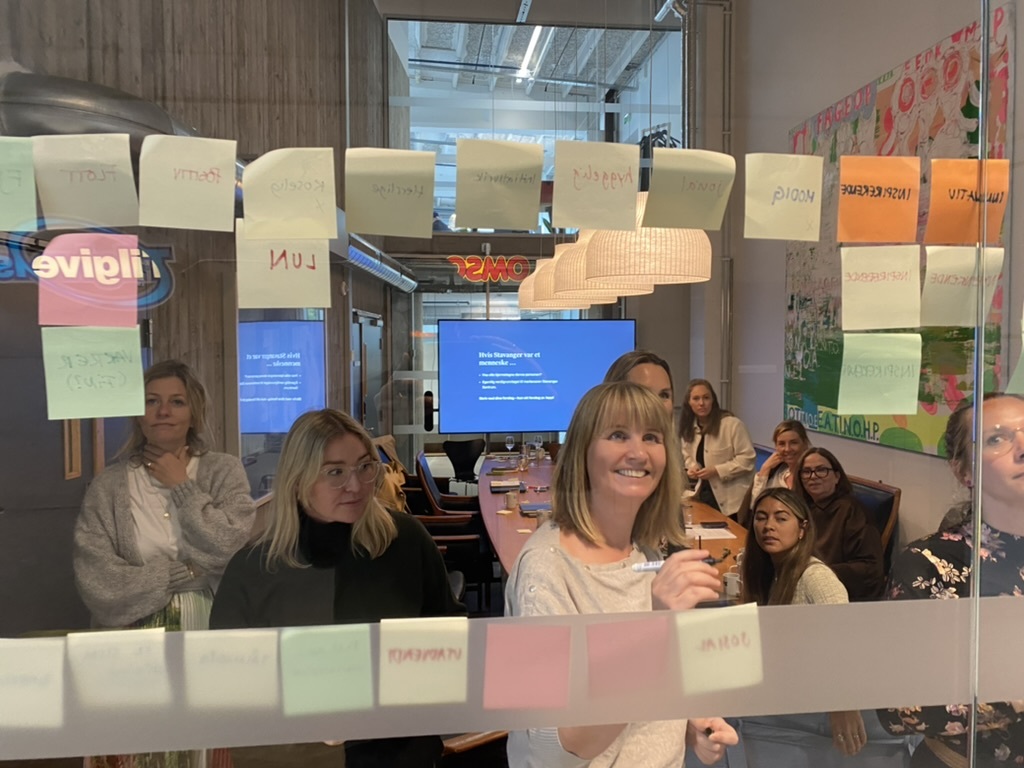
Even if you don’t want to do something structured as a workshop, the lesson remains: you mustn’t be afraid of sharing ideas.
Some people don’t like to share because they are worried others will not be impressed by those ideas.
Trust me, it’s unlikely people will laugh at your ideas. If you are in an organisation or surrounded by people who will laugh at you, then arguably – as an innovator – you’re in the wrong place.
Let’s get crazy
Still, worrying is natural, I get that. So, if you or your colleagues are worried about sharing ideas because of being judged, I suggest that when you get together you start by getting people to come up with way out ideas.
As crazy as they can think of.
That takes the edge off and makes thing less tense. And it’s so hard to be creative when you’re tense. This exercise helps create a fun vibe. And, more often than you’d think, throwing out those dumb ideas leads to finding a real gem.
The second biggest concern with sharing ideas is the fear that someone will steal them.
The truth is people rarely steal other people’s ideas when they are shared (unless it’s out-and-out corporate espionage, of course…)
That’s because people are usually way too busy themselves to steal your ideas.
And so what if they do?
It’s incredibly unlikely that’ll they’ll end up doing the same thing in the same way as you. I can pretty much guarantee your product or service, when it launches, will be substantially different to where you started out.
5. Put pen to paper
Smpl is all about rapid, effective digital prototyping. But before we make the 1s and the 0s dance across your screens, we like to go old school and break out the pens and the paper.
A paper prototype is like a lo-fi, rough idea of what you want to achieve. But it is also a useful way to see things from a different perspective (often that of the user), test your idea, dodge pitfalls, and see if your intentions and customer journeys are clear to others.
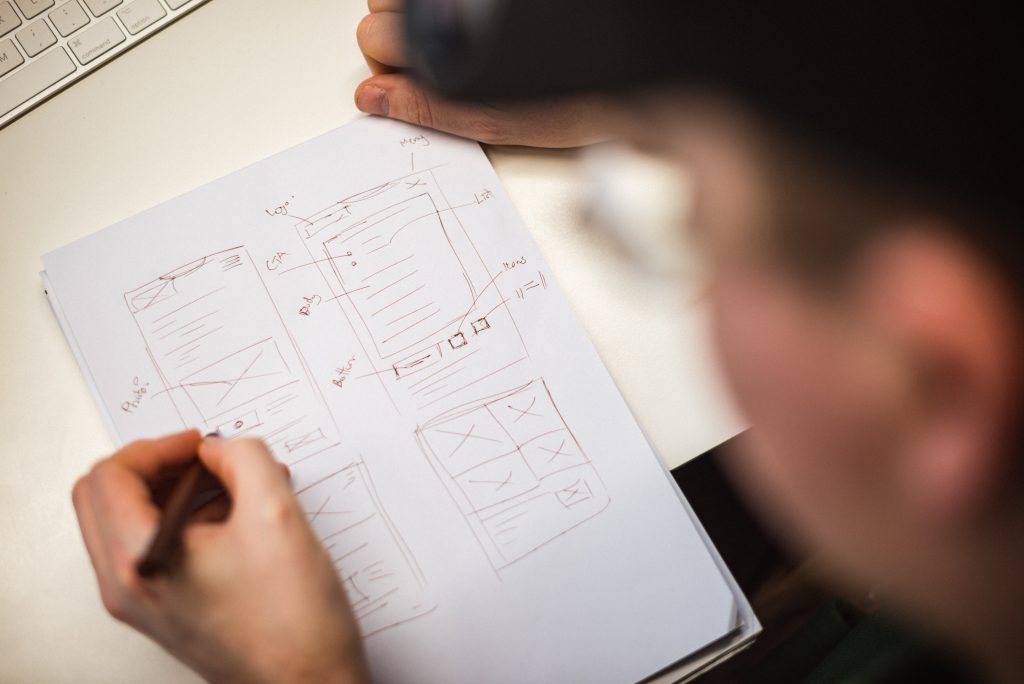
The first way to do this is to create placeholders of empty smartphone and laptop screens (these could be a simple as rectangle shapes on a page).
Using these placeholders or containers, you need to create your core customer journey, but on a very high level.
Think of it like trying to explain your idea to a child. It will need to be brief and clear if it’s going to work.
Simplify and clarify
The joy (or frustration!) of this activity is that, on each page you use to map that journey, you will have very little room and will not be able to go into much detail.
This is good.
Paper prototyping is all about forcing you to simplify and clarify.
As soon as you begin, you’ll realise how little space you have and how difficult it’s going to be to communicate your idea with your users. But this is an essential task. (N.B. Don’t cheat. Don’t say: ‘I will add something here’ and that you’ll work out what it is later. Anything you put in your diagram needs to be properly explained.)
At the other end of the scale, don’t be afraid of not having enough on the screen. People tend to want to fill an area.
Instead, remember that empty space is your friend.
Adopt the old maxim: it’s not finished until there’s nothing left to take away.
Magnus
Let’s go back to the booking app idea. When creating a paper prototype, you’d say to yourself: “I want a customer to book a room. What are the most important steps on that journey? What do they need to know? What are the most important clickable elements? What do they need to be able to see? What will stop them from following that journey?” And so on.
When you have the answers you would sketch them out on however many pieces of paper you need.
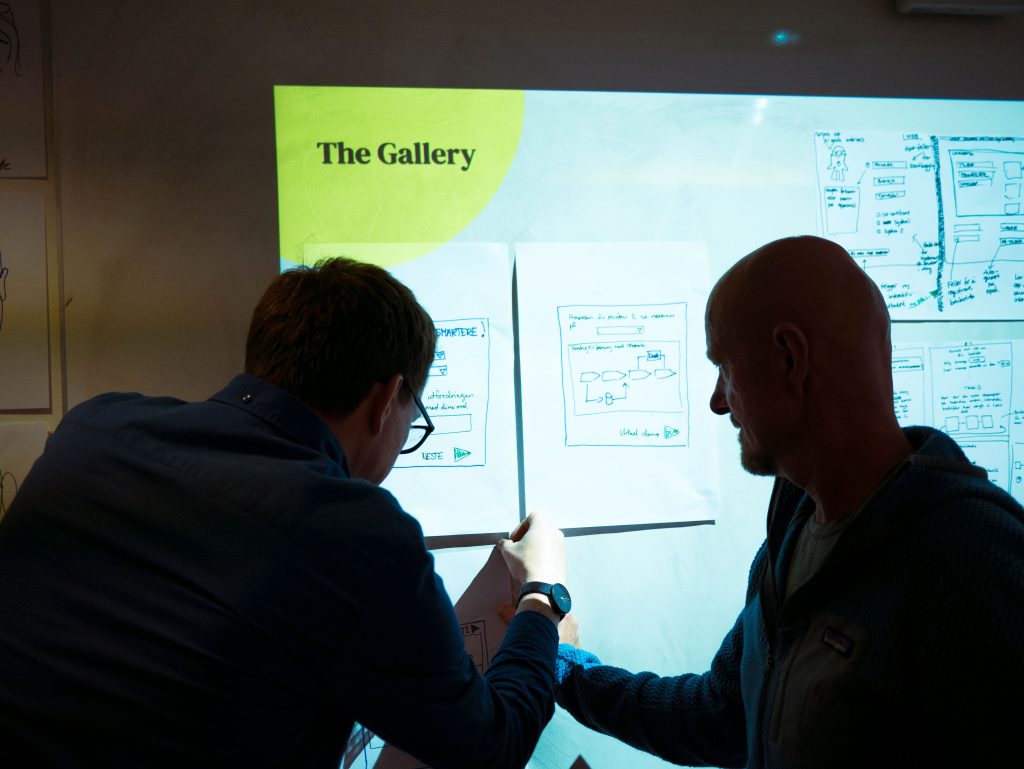
A great exercise to do after you’ve created your paper prototype is to get someone else to take your pages and present the idea back to you, as they understand it.
Just give them the pages, without explanation or prompts from you. When they present it, you’ll instantly see what works, and where confusion or problems arise.
It’s also great fun.
One final thought about paper prototyping: sometimes filling in diagrams of smartphones or laptops won’t work. If you have a specific process that needs a flow chart, then use that method (for example, if you must demonstrate a step where data goes to a specific server in a specific place).
